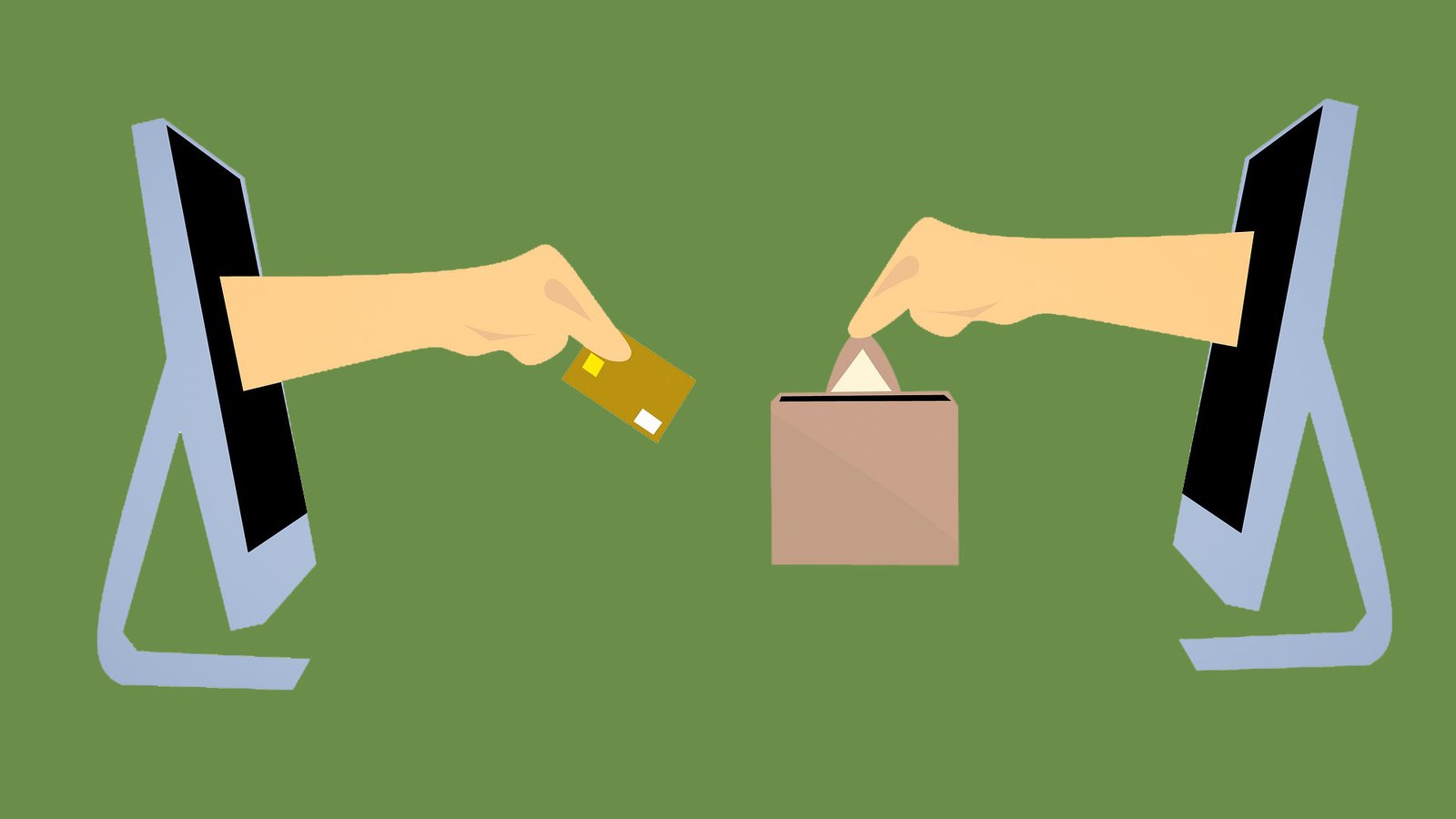In my roles as an IT project manager and later as an IT director within the e-commerce sector, I’ve garnered a fair bit of experience in managing the development of e-commerce stores on platforms like Shopify. A significant challenge for new e-commerce merchants has often been understanding and managing sales tax collections. This complexity largely stems from changes that came about after 2018.
Before 2018, online retailers had a relatively straightforward rule for sales tax: collect it only in states where your business had a physical presence, such as a warehouse or office. This changed dramatically with the South Dakota v. Wayfair Supreme Court case in 2018, which introduced the concept of “economic nexus.” This means that online sellers must now consider whether their sales in a particular state exceed certain thresholds, triggering the need to collect sales tax, regardless of physical presence. Refer to this Shopify post for a list of economic thresholds in the U.S.
For example, in New Jersey, the threshold for economic nexus is $100,000 in sales or 200 transactions within a year. This shift has made sales tax compliance significantly more complex, as businesses must now keep track of varying thresholds and regulations across different states and localities.
However, the introduction of Shopify Tax in October 2022 has been a game-changer for online merchants using Shopify. This tool simplifies the process by automatically calculating and collecting the appropriate sales taxes, and even generating detailed sales tax reports for each state and locality. This not only saves time but also reduces the potential for errors during the quarterly sales tax return process. Activating Shopify Tax in Shopify is straightforward:
- Navigate to Settings > Taxes and duties in the Shopify admin.
- Ensure that Shopify Tax is selected under the “Current Tax Service” section (it’s likely already activated by default).
- In the “Regional Settings Section,” select your country or region.
- Use the “Collect in New Region” option to choose the states where you’ll collect sales tax. Typically, new sellers begin with listing state(s) where they have physical locations, employees, or affiliates. Shopify will notify you to register in additional states as needed.
Pro tip: A key to accurate sales tax collection is proper product categorization. For instance, many states do not tax clothing; misclassification could lead to unnecessary tax collection.
With Shopify Tax, the daunting task of managing sales tax collection has become more manageable and efficient. While merchants are still responsible for filing sales taxes, the process of calculation and collection is significantly streamlined. For those seeking further automation, services like TaxJar, Avalara, and SimplyVAT (EU & UK) offer additional resources, including assistance with tax filing and international sales.
Handling taxes is not a task one looks forward to, but Shopify Tax has made it significantly less burdensome. Feel free to send me a message if you have any questions, and I’ll do my best to assist.
